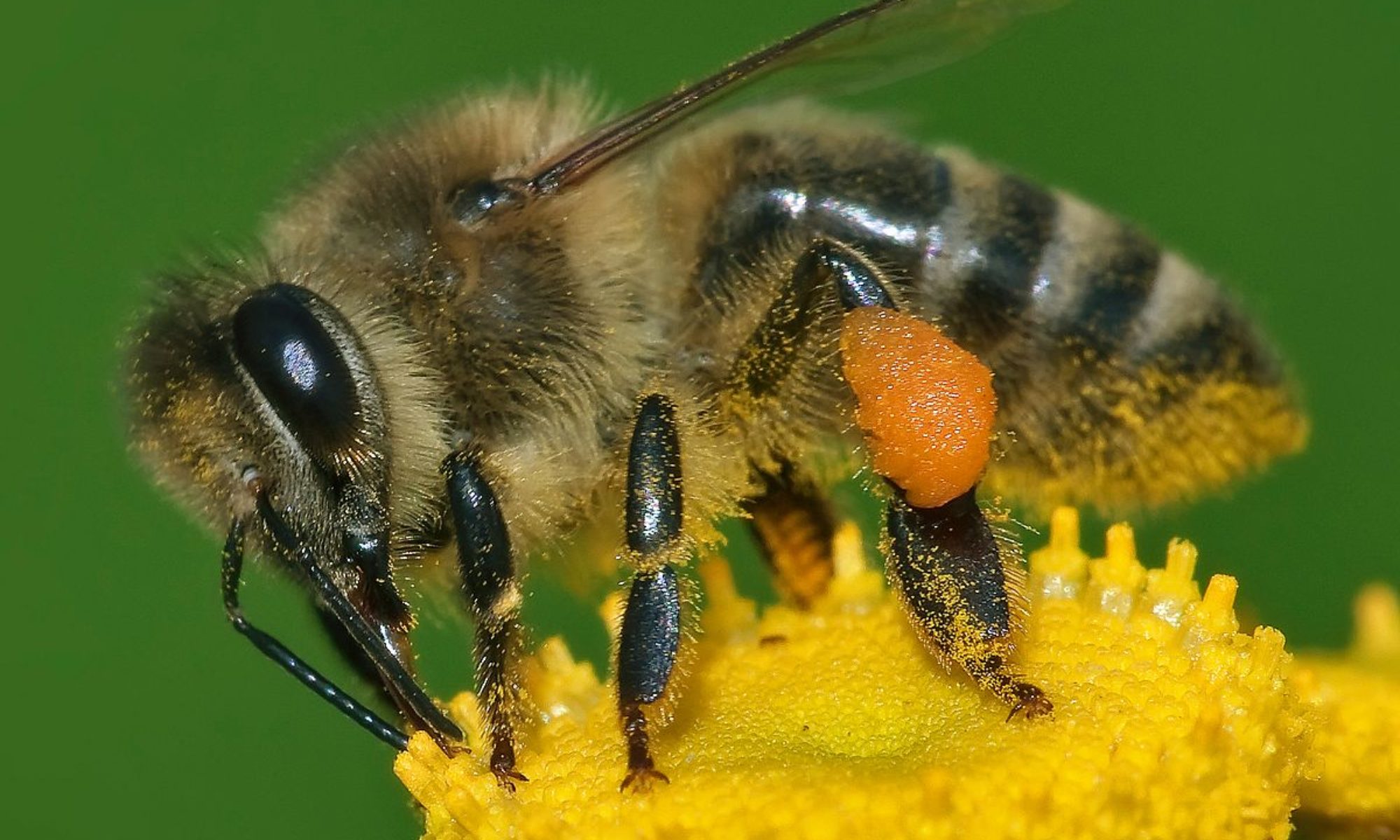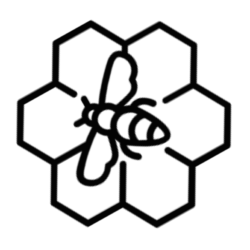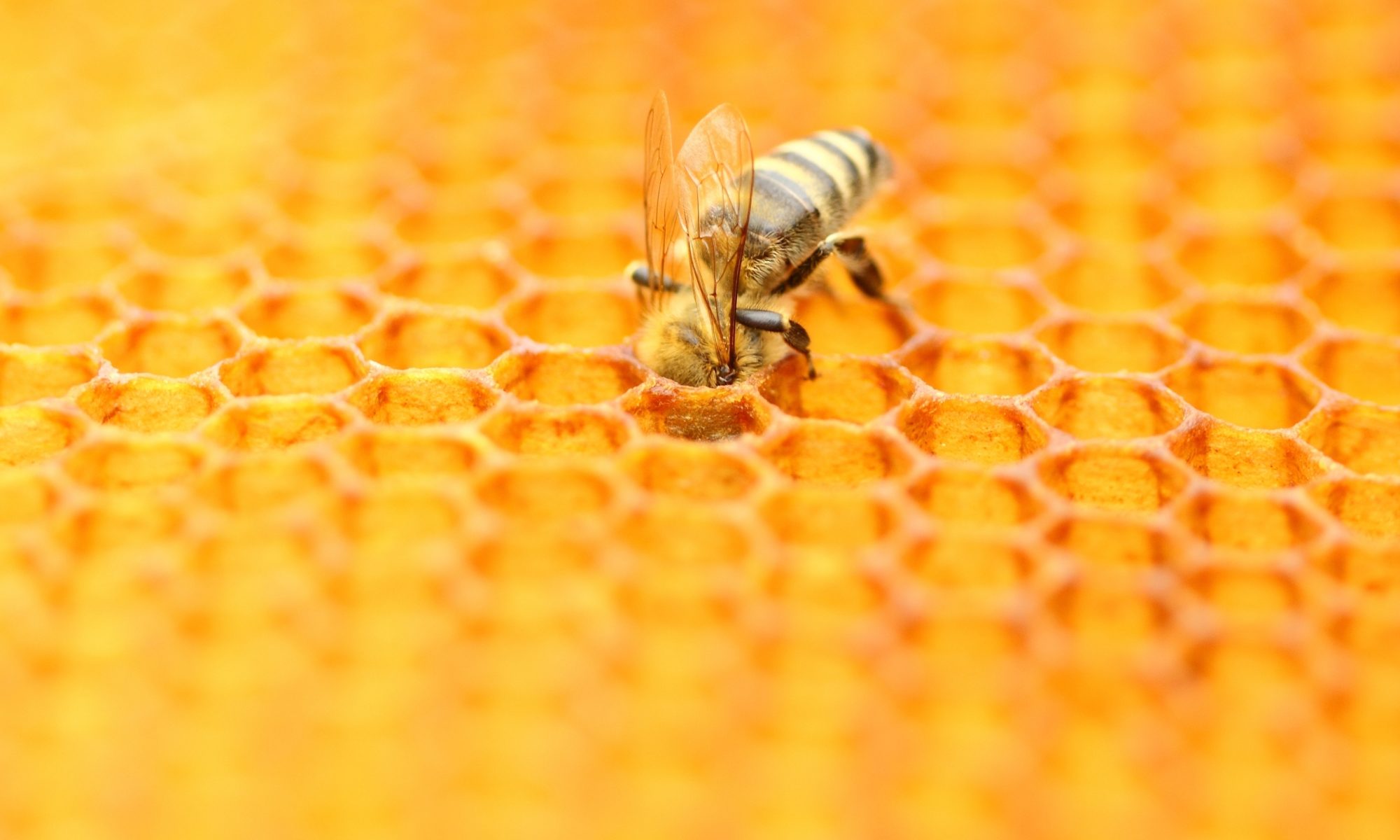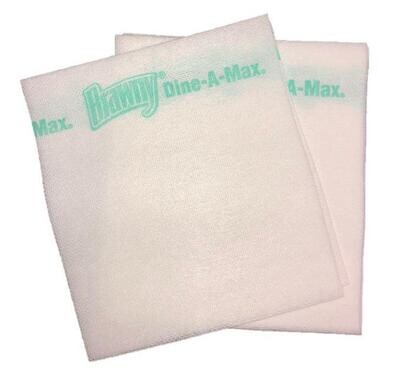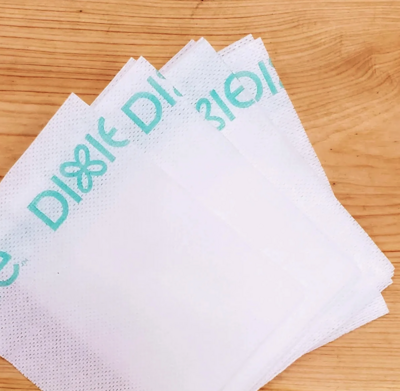Not interested in Beekeeping Supplies? We do a lot more at the farm than just bees. Click here to visit our Farm’s website and online farmstand
Varroa Easy Check | Optional Kit for Alcohol Wash or Sugar Roll Testing
- 1 varroa easy check for separating the bees from the mites
- 1 sampling scoop to measure 300 bees (standard sample size)
- 1 spray bottle to dissolve sugar to see mites clearly
- 1 bag of powdered sugar for tests with tablespoon to measure
- 1 white inspection bin that also doubles as your storage container
- Instructional brochure included in kit.
- 1 varroa easy check for separating the bees from the mites
- 1 sampling scoop to measure 300 bees (standard sample size)
- 1 bottle of alcohol (alcohol kit only)
- 1 white inspection bin that also doubles as your storage container
- Instructional brochure included in kit.
-
Our Varroa Test Kit is an essential tool for reliable Varroa monitoring. All beekeeping outfits big and small should have one on hand for quick diagnosis of Varroa infestation levels.
-
Optional Kits have everything you need to perform either a powdered sugar roll or an alcohol wash test in one convenient bin.
-
Sugar Roll Test kit includes:
-
Alcohol Wash Test kit includes:
Quantity: 1
Farm Pick Up cost: Free
Farm Pick Up by Appt: Curbside | by Appointment | Thurs-Fri 11am-7pm and Sat 9am-12:30pm (In-Store Coming Soon)
Pick Up at Gulf Coast Beekeeper Meetings | Charlotte, Collier or Lee: Free
Charlotte: 1st SATURDAY of each month
Collier: 2nd TUESDAY of each month
Lee: 3rd TUESDAY of each month
Varroa Easy Check Alcohol Wash Instructions
Alcohol wash
This method consists of immersing a sample of bees into a container of alcohol to detach the phoretic mites, so they can be counted. It is the most consistent in terms of delivering accurate results, and is commonly practiced by beekeepers, apiary inspectors, and scientists throughout North America.
How to perform an alcohol wash?
Required material (not included): Rubbing alcohol, or cleaning alcohol, or diluted ethanol, or windshield washer fluid containing alcohol.
Step 1
Fill half of the transparent container of the Varroa EasyCheck with the liquid.
Step 2
Collect a sample of 200 or 300 bees with the white basket, preferably from a frame of capped brood (make sure the queen is not in the sample). The lines for 200 and 300 bees are indicated inside the basket.
Put the basket back into the transparent bowl and quickly close with the lid, to prevent the bees from escaping.
Step 3
Gently shake the Varroa EasyCheck® for 1 minute. Make rotations and side movements to help the mites pass through the holes. Avoid turning the Varroa EasyCheck upside-down, as it might block the mites inside the lid.
Step 4
Count the mites directly by looking at the bottom of the transparent container.
Depending on if you took 200 or 300 bees divide the number of counted mites by 2 or 3 to get your infestation rate (%). To interpret the results, please consult our Varroa Guide and/or your local thresholds.
Tip
You can then filter the liquid into a very fine sieve and re-use it up to 10 times for new hive counts.
Collecting a sample of bees: which impact on the colony?
The “sacrifice” of a bee sample may discourage some beekeepers from monitoring their colonies. But you need to think of the sampling like you would a blood test: you take a sample of blood to guide a diagnosis, but it is such a small amount that it has no consequence on your overall health or well-being. The sacrifice of 200 to 300 bees is similar:
- Sampling will give information that will improve the health management of the rest of the colony and the entire apiary. The alcohol wash method, which gives accurate results, but does sacrifice bees, will eventually avoid colony mortality.
- The damage to the monitored colonies should be put in perspective, because a limited loss of bees in the season has little consequence in a colony which generally contains between 20,000 and 35,000 individuals, and whose queen can lay more than 2,000 eggs per day (at the peak of laying). The sample taken usually represents less than one percent of the overall population of the hive, and the bees will be quickly replaced.
Powdered sugar roll
With this method, the bees are gently rolled with powdered sugar, causing the mites to separate from the bees. The EasyCheck is then gently shaken, causing the sugar and the mites to pass through the white basket’s holes. The powdered sugar method keeps the sampled bees alive, but the monitoring result may vary depending on the experience of use and air humidity (agglomeration of sugar).
How to perform a sugar roll?
Required material (not included): Powdered / icing / confectioners sugar, + a container to shake the sugar in.
Step 1
Pour two full tablespoons of powdered / icing sugar inside the transparent bowl of the EasyCheck.
Step 2
Collect a sample of 200 or 300 bees with the white basket, preferably from a frame of capped brood (make sure the queen is not in the sample). The lines for 200 and 300 bees are indicated inside the basket.
Put the basket back UPSIDE-DOWN into the transparent bowl and push it until it's correctly seated inside the bowl. Screw the yellow lid.
Step 3
Roll the Varroa EasyCheck gently for 1 minute until the bees are evenly coated with the powdered sugar. Make sure the sugar does not pass through the holes of the white basket yet. Set the Varroa EasyCheck in the shade for 3 minutes for better separation of the mites.
Step 4
Remove the lid, turn the Varroa EasyCheck upside-down and gently shake it above the yellow lid or a larger container.
Step 5
Add a bit of water to the sugar to dissolve it and count the mites.
Depending on if you took 200 or 300 bees divide the number of counted mites by 2 or 3 to get your infestation rate (%). To interpret the results, please consult our Varroa Guide and/or your local thresholds.
Step 6
Release the bees into the hive, or at the entrance.
